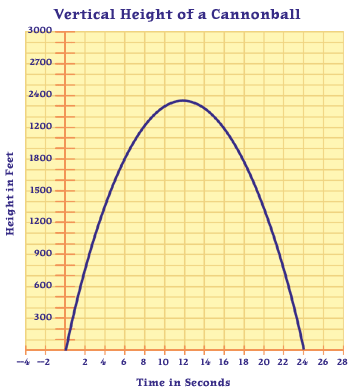
 |
 |

Historical Background on USS Constitution  USS Constitution is the oldest commissioned warship afloat in the world. Carrying a crew of 450 men and over 50 guns, she was launched in 1797 to protect America's freedom on the seas. She was undefeated against the British in the War of 1812 and earned the nickname "Old Ironsides" when a sailor saw a cannon ball bounce off her thick, wooden hull during battle. When she was declared unseaworthy in 1828, she was saved by the American people who rallied for her preservation. After a long career, including capturing a slave ship, circumventing the globe, and serving as a military prison, she is now berthed in Boston and is open to the public. For more information, go to www.allhandsondeck.org, www.ussconstitutionmuseum.org, and www.ussconstitution.navy.mil. USS Constitution is the oldest commissioned warship afloat in the world. Carrying a crew of 450 men and over 50 guns, she was launched in 1797 to protect America's freedom on the seas. She was undefeated against the British in the War of 1812 and earned the nickname "Old Ironsides" when a sailor saw a cannon ball bounce off her thick, wooden hull during battle. When she was declared unseaworthy in 1828, she was saved by the American people who rallied for her preservation. After a long career, including capturing a slave ship, circumventing the globe, and serving as a military prison, she is now berthed in Boston and is open to the public. For more information, go to www.allhandsondeck.org, www.ussconstitutionmuseum.org, and www.ussconstitution.navy.mil. |
||||
| Objectives After completing this lesson, students will be able to: |
||||||||||||
|
| Massachusetts Math Curriculum Frameworks | |||||||||||||||
|
| Materials | ||||||||||||
|
||||||||||||
| Procedure | |||||||||||||||||||||||||||||||||||||||||||||||||||||||||||
| The mathematical object of this lesson is to analyze different qualities of quadratic polynomials, or polynomial equations with degree equal to 2, such as maximums, minimums and zeros.
The common characteristic the graph of a quadratic, or parabola, is the U shape which may open up or down. All of the examples will open down.
The vertical height of a cannonball can be modeled with the Note: This method only gives vertical distance. Horizontal distance is not taken into account. In order to account for horizontal distance, we would need to use vectors and trigonometry. See the second part of this lesson for these methods. Students will also need the aid of a calculator to evaluate the quadratic formula. All decimals may be rounded to the nearest tenth. Make sure that students use units in their final answers. Begin with the worksheet showing the vertical height of a cannonball. Talk with the students about different aspects of the graph, such as symmetry, maximum height, and zeros, or x-intercepts.
The equation for this example is: h(t) = –16t2 + 388t + 24 Distribute worksheet A. Allow students the time to answer questions. We eventually want to move to a pure algebraic way of solving these problems. The students need to be familiar with the quadratic formula, a formula that solves for the zeros, or x-intercepts of a quadratic equation. Quadratic formula: Note: The equation must be solved for zero to use the formula. Example 1: Solve x2 – 4x = 5
If the students need remediation, there are 4 examples on worksheet B (this can also be used for homework or practice). The other algebraic value that we need to calculate is the maximum value. This point will be calculated by using the symmetric quality of the graph. All parabolas have a vertical axis of symmetry at
The maximum height of the ball is achieved after 12.125 seconds. To find the height after 12.125 seconds, substitute the time into the original equation for height and evaluate. h(12.125) = –16(12.125)2 + 388(12.125) + 24 = –2352.25 + 4704.5 +24 = 2376.25 feet It may be necessary to review these skills before moving any further. When you feel satisfied with the skills, move onto worksheet C and the 24-pound cannonball problem. The students should be able to answer the first four questions without much assistance from the teacher, but they will need help with the last two. Both of these questions are applications of the quadratic formula. |
|||||||||||||||||||||||||||||||||||||||||||||||||||||||||||
 |



